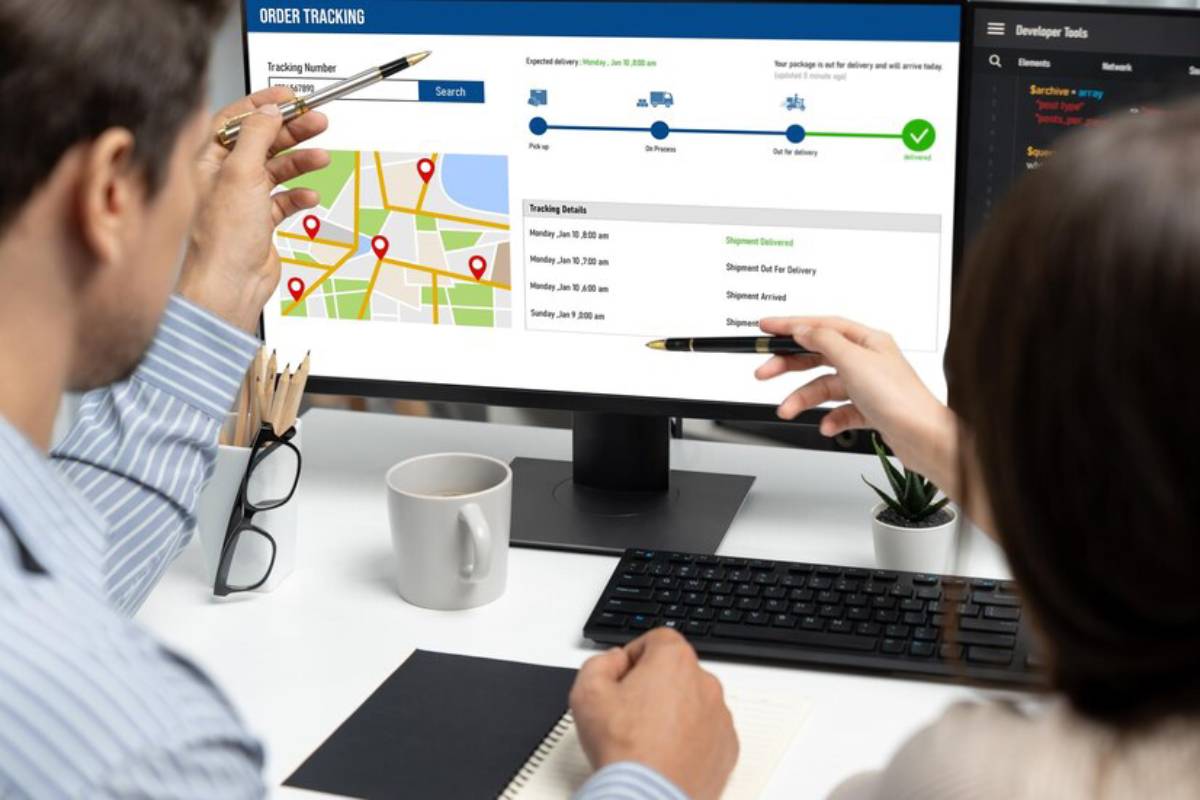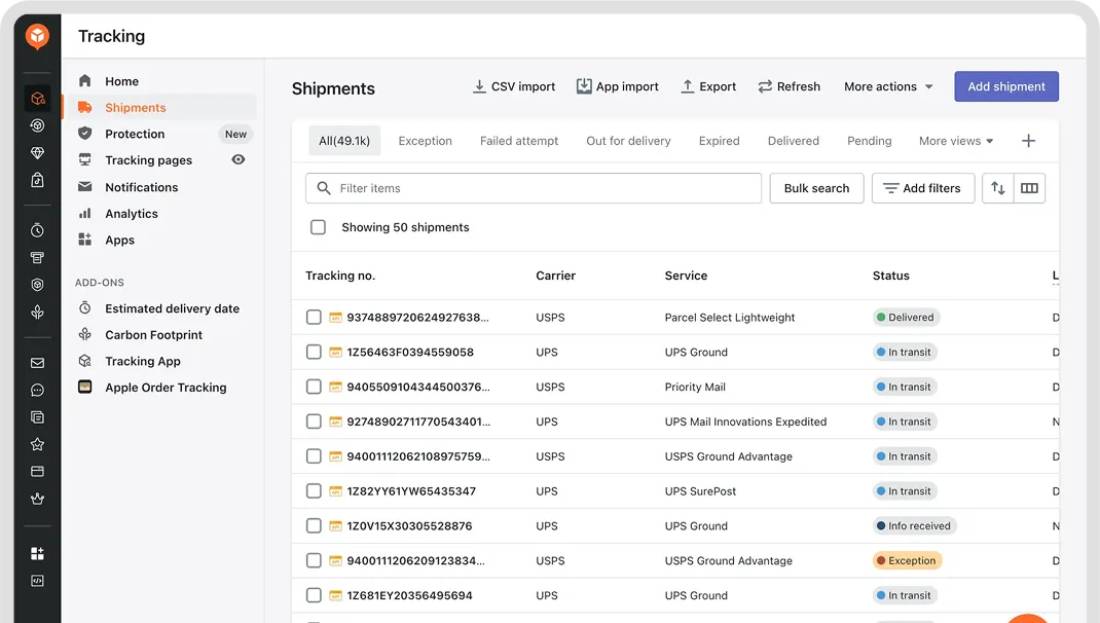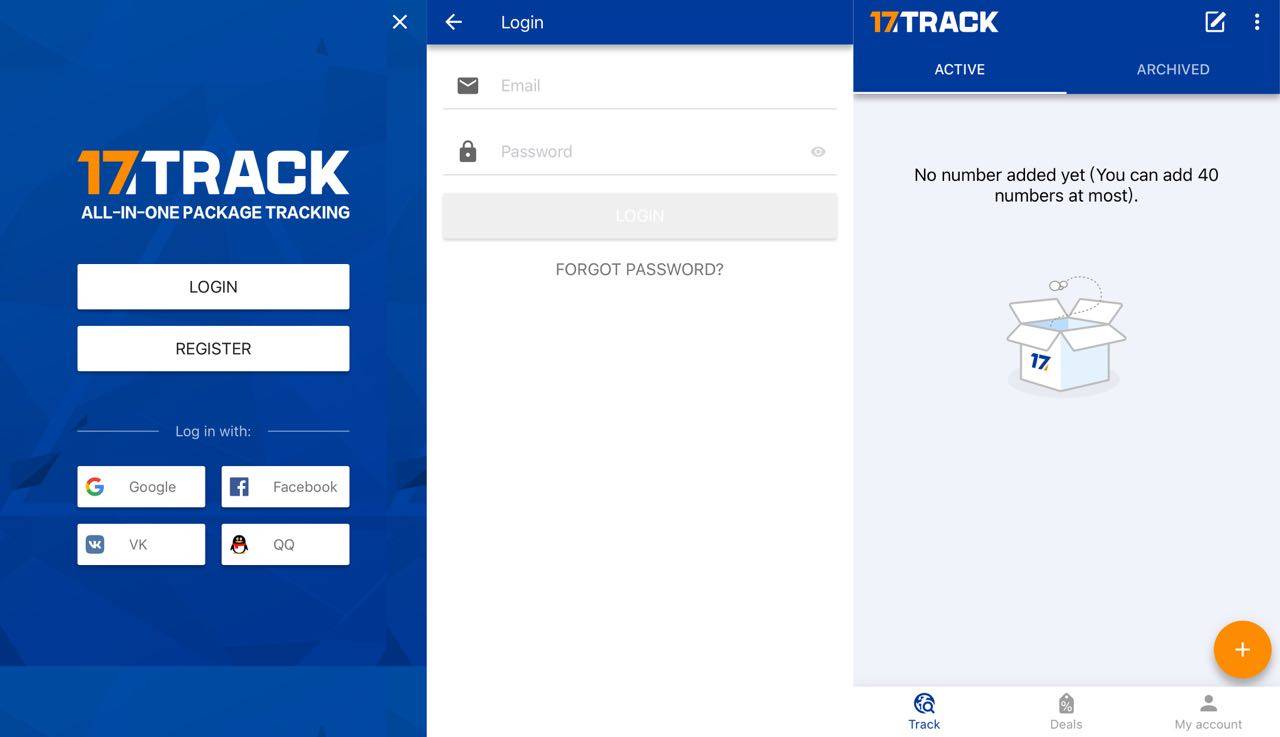
Using Tracking Software for Better Customer Satisfaction
The moment a customer clicks “buy” is just the beginning. What happens after—the wait, the delivery, and the updates in between—can shape your brand’s reputation as much as your product itself. That’s why integrating shipment tracking into your post-purchase flow is essential for any store serious about providing a world-class delivery experience.
In this guide, we explore how modern ecommerce software solutions offer real-time tracking and communication tools that not only reduce customer anxiety but also improve loyalty, reviews, and repeat purchases.
Why Shipment Tracking Is Critical in Ecommerce
Your job doesn’t end when the order is placed. In fact, 83% of online shoppers say tracking is the most important post-purchase service, according to a study by MetaPack. Without clear communication, customers are left wondering:
- Where’s my order?
- When will it arrive?
- Was my payment successful?
- What happens if there’s a delay?
Tracking builds transparency, reduces support tickets, and boosts confidence in your brand.
Key Benefits of Using Tracking Software
1. Real-Time Visibility
Customers can monitor their package from dispatch to delivery, complete with location updates and estimated delivery times.
Benefit: Reduced anxiety and increased trust.
2. Fewer “Where Is My Order?” Inquiries
WISMO (Where Is My Order) tickets clog support inboxes and waste valuable time. Real-time tracking software reduces these by up to 60%.
3. Proactive Problem Resolution
If a package gets delayed or lost, tracking software alerts both you and the customer—so you can act before frustration builds.
4. Improved Delivery Experience
Post-purchase communication enhances the buyer journey and increases the chances of repeat orders.
5. Marketing and Branding Opportunity
You control the tracking experience. Many tools let you use custom-branded tracking pages, upsell offers, and loyalty-building messages.
What to Look for in Shipment Tracking Software
When choosing ecommerce software for tracking, consider the following features:
| Feature | Why It Matters |
| Multi-carrier support | Handle different suppliers or courier services |
| Real-time notifications | Keep customers informed of every delivery stage |
| Branded tracking page | Maintain brand visibility post-purchase |
| Integration with your platform | Shopify, WooCommerce, Wix, etc. |
| Analytics dashboard | Track delivery issues and support ticket trends |
| Automation for delays/refunds | Trigger proactive outreach |
Top Tracking Tools to Improve the Delivery Experience

1. AfterShip
A market leader in shipment tracking, AfterShip supports 1,000+ carriers globally and offers a polished branded experience.
Features:
- Branded tracking page
- Automated SMS/email updates
- Analytics dashboard
- Returns portal
Best For: Mid to large ecommerce businesses scaling globally
2. Route
Route focuses on customer satisfaction and package protection, offering visual tracking maps and order insurance.
Features:
- Visual delivery updates
- In-app tracking for customers
- One-click claims filing
Best For: Stores selling high-value items or with long shipping times
3. 17TRACK

Popular among dropshippers, especially for AliExpress and global suppliers.
Features:
- Multi-language support
- Global courier database
- API and plugin integration
Best For: Cross-border sellers and dropshipping stores
4. Tracktor (by ShopPad)
Shopify-exclusive tracking tool that offers a clean, on-brand experience.
Features:
- Embedded tracking in-store
- No carrier logos
- Manual updates possible
Best For: Shopify stores focused on sleek design and direct customer interaction
5. ParcelPanel

Automates tracking notifications and allows branded tracking pages for a professional touch.
Features:
- Smart delivery status detection
- Prebuilt templates for emails
- Multichannel order sync
Best For: Stores needing minimal setup and clean UX
Set Up Shipment Tracking in Your Store
Choose a Tool Compatible with Your Platform
Ensure the tracking software integrates seamlessly with your ecommerce stack—Shopify, WooCommerce, BigCommerce, or others.
Connect Your Carrier(s)
Link your tracking tool with the couriers you and your suppliers use—UPS, DHL, FedEx, USPS, Cainiao, etc.
Build a Branded Tracking Page
This is your chance to extend your brand beyond checkout.
Include:
- Logo and colours
- Order summary
- ETA and location updates
- Return/exchange CTA
- Links to support and FAQs
Automate Notifications
Trigger emails or SMS for key tracking events:
- Shipment confirmation
- In transit
- Out for delivery
- Delivered
- Delivery delayed
Pro Tip: Use tools like Klaviyo or Mailchimp for enhanced post-purchase flows tied to tracking status.
Monitor and Optimise
Use analytics dashboards to identify:
- Average delivery times
- Repeat delivery failures
- Carrier performance by region
- Support tickets linked to delays
Use this data to switch carriers, improve communication, or negotiate better SLAs.
Best Practices for Maximising Delivery Satisfaction
1. Keep Customers Informed (Before They Ask)
Being proactive builds trust. Even if a delay occurs, communicate early and offer solutions.
2. Be Transparent with Estimated Delivery Times
Underpromise and overdeliver. Provide realistic shipping windows and avoid vague promises like “Ships soon.”
3. Turn Tracking Pages Into Marketing Assets
Include:
- “You may also like” sections
- Loyalty programme sign-ups
- Discount codes for referrals
Why? The average customer checks the tracking page 3–5 times per order—make it count.
4. Offer Route Protection or Insurance for High-Value Orders
Tools like Route or Navidium give customers peace of mind and reduce your exposure to loss claims.
5. Integrate Support Tools
Connect tracking updates with live chat apps like Gorgias or Tidio, so support can instantly view order status during inquiries.
Dropshipping-Specific Considerations
When you don’t control fulfilment directly, tracking becomes even more critical.
Tips for Dropshippers:
- Choose suppliers who offer valid tracking numbers and use trackable carriers
- Avoid long gaps between order confirmation and tracking activation
- Inform customers of extended delivery times up front
- Use tracking tools that sync with AliExpress, CJ Dropshipping, or Spocket
Essential Tool: Use DSers + AfterShip combo to manage fulfilment and customer updates together.
Key Metrics to Track
| Metric | Why It Matters |
| Average delivery time | Identify carrier or supplier issues |
| Tracking update frequency | Ensures visibility throughout the journey |
| WISMO ticket volume | Measures support efficiency |
| Customer satisfaction (CSAT) | Gauge delivery experience performance |
| Repeat visits to tracking page | Indicates post-purchase engagement |
Key Takeaway
Shipment tracking is no longer optional—it’s a key part of your brand experience. By leveraging modern ecommerce software tools that offer real-time shipment tracking, you can turn delivery into a loyalty-building moment instead of a support headache.
Deliver More Than Just a Package
A well-executed delivery experience builds trust, reduces stress, and increases lifetime value. Customers want visibility, reliability, and a brand that respects their time.
So own the post-purchase journey—because great delivery communication isn’t just operational—it’s transformational.


